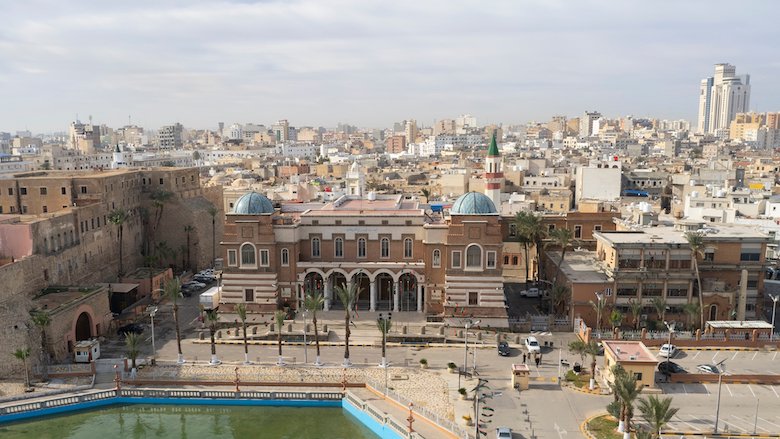Since the delay of national elections in December 2021, political and security tensions and oil production disruptions have escalated. The confirmation of a new cabinet by the House of Representatives has returned Libya to a state of institutional division. While soaring global oil prices will have a positive impact on growth and fiscal and external surpluses, this hinges on the persistence of oil production. Meanwhile the population faces increasing food insecurity as global wheat prices rise.
Recent Developments
While official national accounts data have been unavailable for much of the conflict period, rough estimates of GDP can be made using data on night-time lights, oil production, and government spending. Estimates reveal that growth in Libya rebounded in 2021, driven by a significant acceleration of oil production (average of 1.2 million barrels per day (mb/d) compared to 0.4 mb/d in 2020). However, since mid-December 2021, there have been multiple production disruptions due to weather-induced port closures, infrastructure maintenance issues, and shutdowns by armed groups. Oil production in January 2022 recorded its lowest level since October 2020 (1.08 mb/d).
Outlook
It is impossible to forecast economic outcomes with any degree of confidence due to the high level of uncertainty surrounding political and security developments. If oil production and exports continue without major extended disruptions, Libya will benefit from soaring global oil prices which will translate into higher fiscal revenues and inflow of hard currency. This will positively affect the trade, current account, and fiscal balances. Libya may face short-term wheat supply disruptions, higher wheat prices, and in turn higher inflation and lower consumption.
